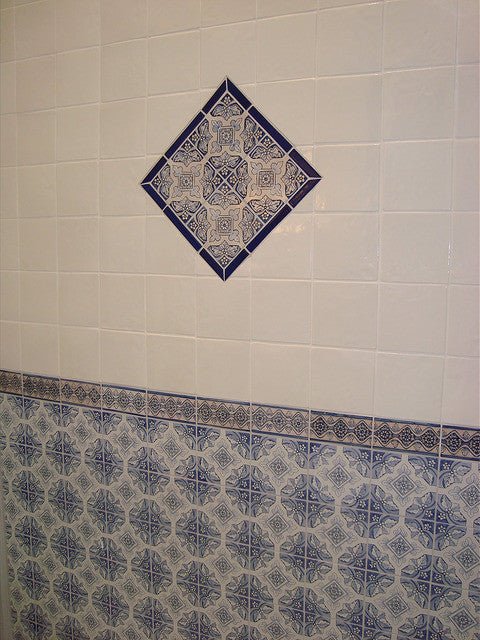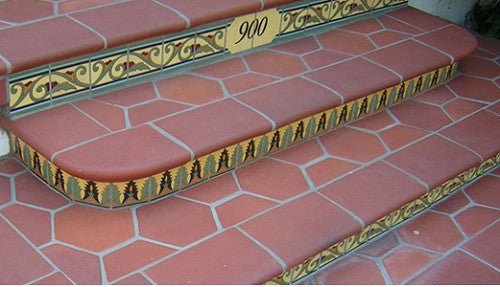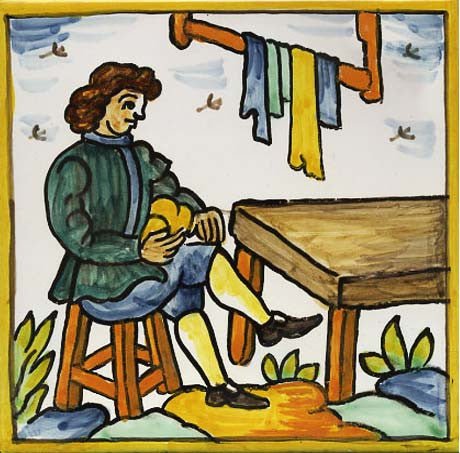Avente Tile Blog — Hand-painted Ceramic Tile
Spanish Bath Tile
Posted by William Buyok on
Hand painted Spanish bath tile create a striking accent for the shower wainscot. A grouping of four tiles in the same decorative tile pattern, Caceres, is used as an accent medallion and framed in our Yucatan Cobalt molding. Spanish bath tiles convey warmth and instill Old World ambiance in any environment. With centuries-old tile designs, our Spanish ceramic tile collection includes borders, corners, large decorative tiles and accent dots. A Timeless Look with Spanish Bath Tiles Spanish Caceres tiles in a traditional blue and white palette provide a classic and timeless look for this bathroom in Houston, Texas. The...
Avente Tile Introduces Rustic Terracotta Tiles
Posted by William Buyok on
I am excited to introduce our new line of Rustic Terracotta tiles. These high-fired tiles can be used on wall or floors and just about any application. Rustic Terracotta tiles are available in a variety of glazed and unglazed colors and just about any shape. They are a perfect choice for creating Traditional Spanish and Spanish Colonial looks popular here in Los Angles; but, work well with any style of architecture, including commercial. As with many of our lines, these tiles are designed to echo your taste to create a look that speaks to you. Rustic Terracotta tiles are hand-made...
- Tags: Field Tile, floor Tile, Glazed Tiles, Hand Painted Field Tile, Hand-painted Ceramic Tile, Quarry Tile, Rustic Terracotta, Rustic Tiles, Terracotta Tiles
The Majolica Method for Hand-Painted Tiles
Posted by William Buyok on
In the second part of this series, Susan Mussi, author of Ceramic Dictionary, continues to offer her expertise on Majolica with a focus on technique in this edition. If you missed her previous post, A Brief History of Hand-Painted Majolica Tile, read it first. If you find yourself in Barcelona, Spain make sure to visit her studio and shop, BenSu Ceramics. Majolica, a Spanish term, is a lead and tin glaze that creates an opaque white surface that can be painted. The process consists of first firing the clay to become earthenware and then applying tin enamel that forms...



